What were the best and most innovative products of 2016? And where do they suggest the electronic security industry is heading over the next 12 months? Are we pushing ahead when it comes to technology or are market forces giving users and installers easier access to the functionalities of lower quality hardware?
MAKING calls about the best products over a 12-month period is tough. You’re pretty much guaranteed to get plenty wrong. There are products you overlook and products you never saw. But there’s no doubt it <I>is<I> possible to get a strong sense of the market as well as a feel for the direction the best solutions are likely to take into the future.
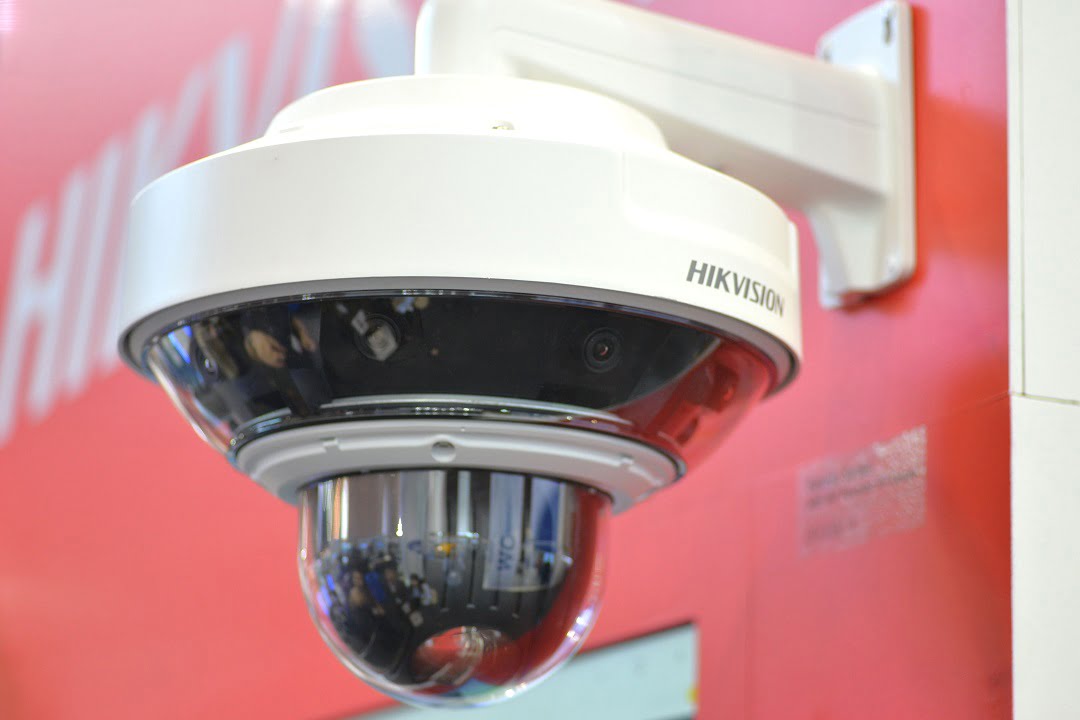
In 2016 the cost consciousness of end users started to show up more clearly – particularly in the surveillance market, where there’s now a whole segment that does the best it can with the least it can, all this in the name of affordability. Regular readers know what we think of low cost surveillance cameras, so I won’t go through a big re-run here. Suffice to say, when it comes to CCTV cameras end users should pay close attention to operational requirements as they make their choices. Saving money by installing cameras that don’t do the job creates an internal paradox from which there is no operational return.
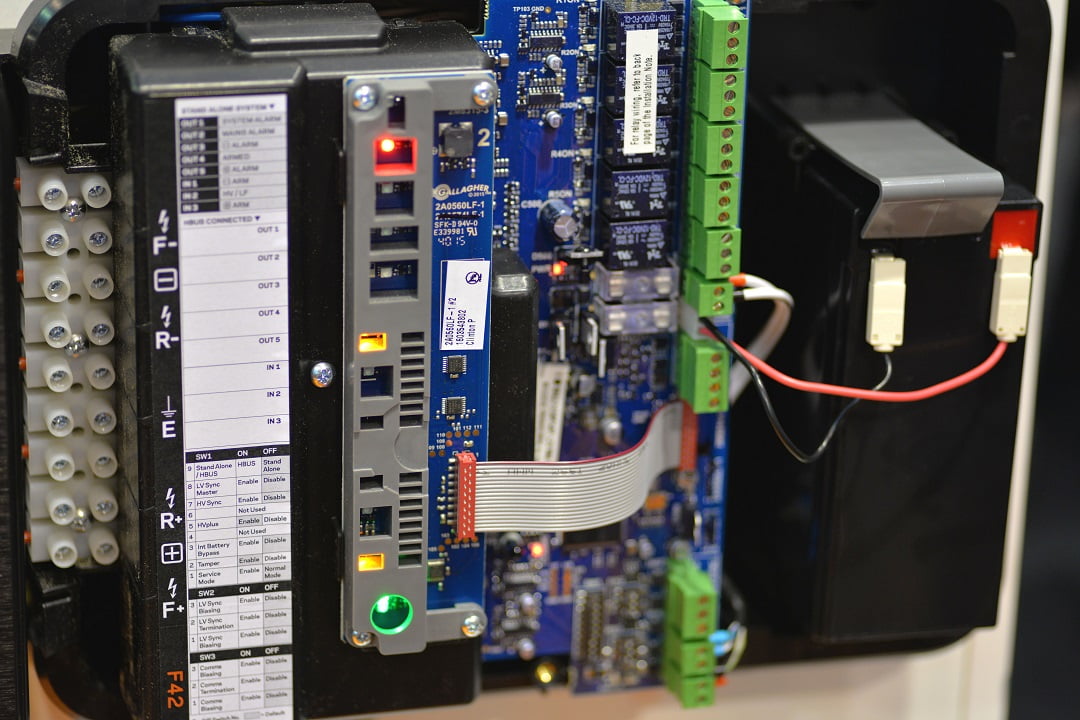
Trends in CCTV in 2016 included the increasing maturity in the high-end bullet camera market, where products like the Bosch 5000 IP and Samsung’s SNO-8081R bullet. The SNO has with 1/1.8-inch 6MP CMOS sensors, and 3.6-9.4mm motorized vari-focal lens with auto-focus. Canon’s VB-H761LVE was another standout. It’s a weather and impact-resistant infrared bullet camera with a sensitive 1/3-inch Full HD CMOS sensor, fast auto focusing, 20x optical zoom lens, 60m infrared range and multiple built-in analytics. There’s also the IPC-HFW8331E-Z from Dahua and the Uniview 22x optical Starlight, among others, including Samsung’s 4K Wisenet P Series, along with H.264 and H.265 with WiseStream. Not having tested them all, I couldn’t say which was best overall but I think the screamingly fast Bosch remote zoom and focus in the 5000 bullet is the best we’ve ever seen.

What happened with resolution in 2016? Have developers overcome the difficulties high resolution camera systems face with motion blur? No, they have not. That means in some applications you’re better to use bigger sensors with modest 1080p resolutions. Of course, there are going to be applications where higher resolution camera models rule the roost. You’ll need to do some objective testing to decide which.
Something you need to do where possible is use quality lenses from proper lens makers. Lenses are the place manufacturers can save money and in many cases they are outsourced to companies which offer poor quality designs or entertaining sample variations. Some manufacturers make their own lenses – Hikvision and Dahua spring to mind – and other OEM quality lenses – for instance, Bosch re-brands Fujinon. Optical quality makes such a big difference. If you want to get a sense of lens quality look for the obvious things – complex distortions, chromatic aberrations, flare and ghosting, and softness in the corners.

Still in CCTV, panoramic cameras made advances this year. There are still compromises, however. Even an 8MP sensor is going to look soft when covering a 360-degree angle of view. Mobotix has long been master of this domain but Panasonic’s new 360 looks good too, and offerings from Sony, Hikvision, Bosch and Vivotek are also making a mark. We saw the release of the Immervision-powered IPC-EBW8600 from Dahua,
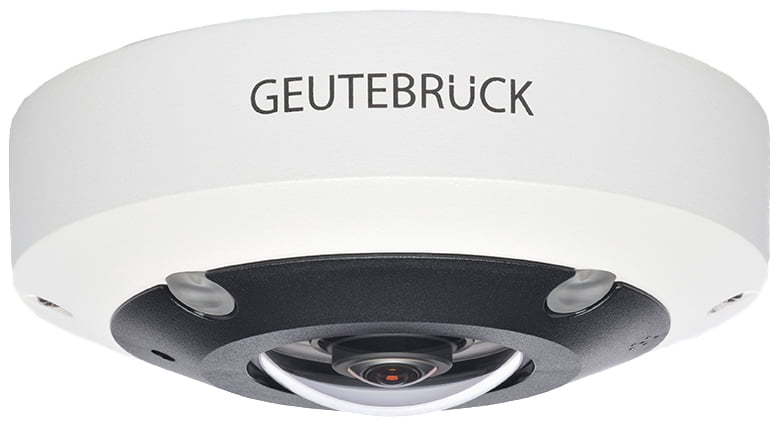
Geutebruck released the IK10 360-degree G-Cam EHC 3285, Uniview released a new fisheye with 12MP of resolution, as well as IR, IK10 and IP66 ratings. When it comes to these panoramic cameras, be sure that you only need faces and plates closer up and can make do with variable situational awareness further out dependent on good light. Keep an eye on WDR performance (avoid blooming), huge barrel distortions and unusually flat and wide de-warps.
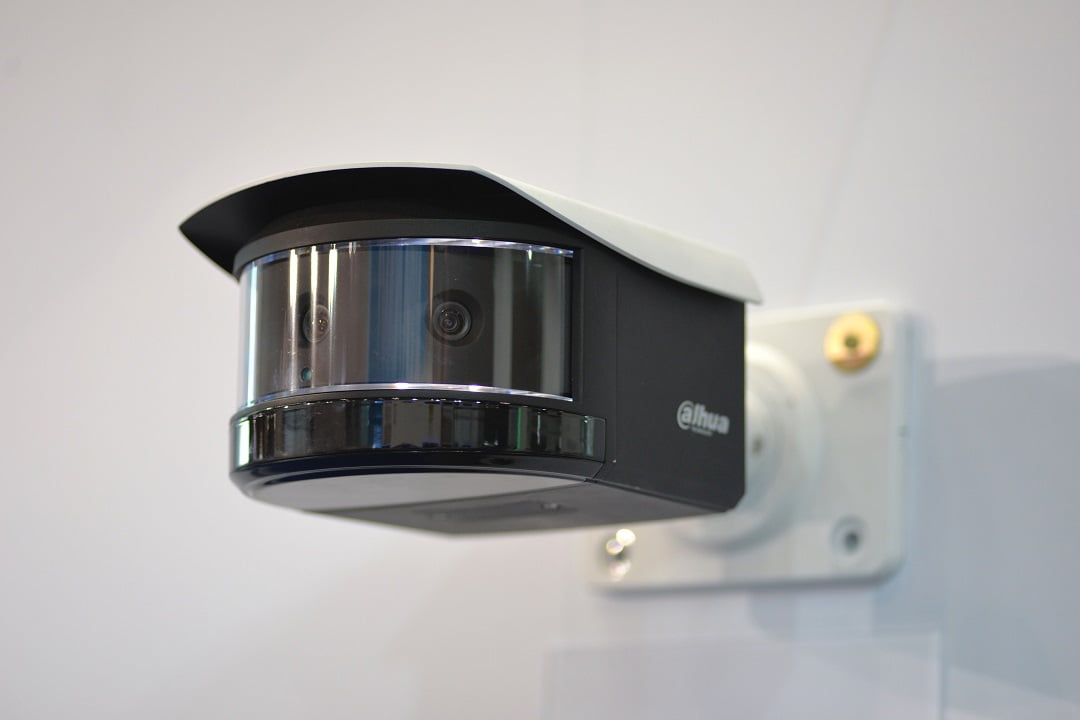
The proliferation of multi-head cameras in 2016 is a statement about the challenges of wide angle views using single hi-res sensors and fisheye type lenses, as well as an acknowledgement by the market that it would really like high quality 180-degree views with strong depths of field. When it comes to the best of the bunch this year, you’d be looking at Vivotek, Pelco and Axis. Or would you? At Security 2016 we saw Hikvision’s extremely powerful PanoVu DP1636Z-D, which incorporates multiple Darkfighter cameras in a panoramic array with an integrated PTZ. Together with clever software, PanoVu captures panoramic images as well as close-up images, while advanced video analysis and a multiple target tracking algorithm incorporated.
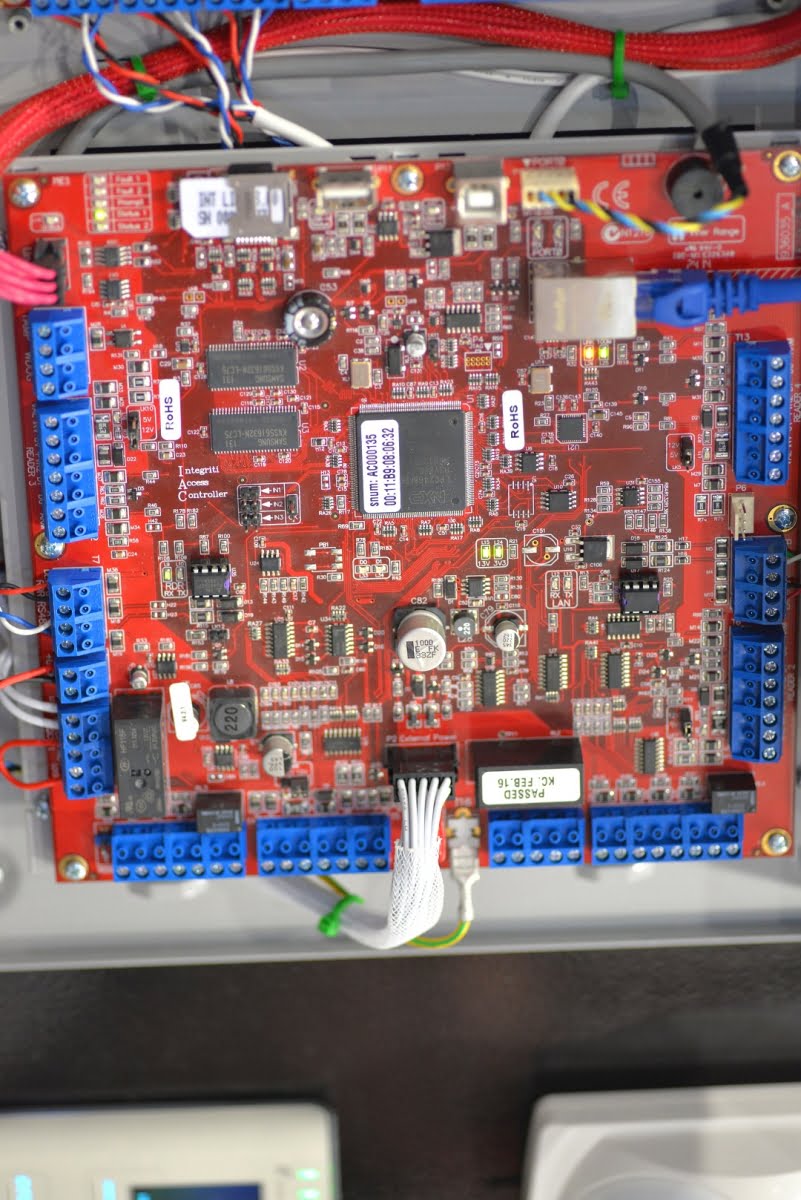
At the same time, Dahua rolled out the DH-IPC-PFW8601, a multi-head camera that can provide a 180-degree panoramic flat view without edge distortion, along with a digital PTZ function. This camera employs Sony starlight image technology for low light performance. The camera features H.265 encoding and highly intelligent features such as people counting and heat mapping.

Something else that has been going on in CCTV this year is the resurgence of digital analogue. Many companies now have tidy little ranges of very affordable high resolution analogue that are loved by installers not only for low cost and an ability to leverage existing cabling and skill-sets. According to techs, they like the low latency, low noise, strong low light performance and excellent handling of motion blur they get from analogue digital cameras. Hikvision’s HDTVI 3.0 solution is a case in point. It delivers up to 5 MP-resolution with a 4K video output. It has H.264+ compression and delivers high-quality HD720p at 1200m and 1080p at 800m over coaxial cable.
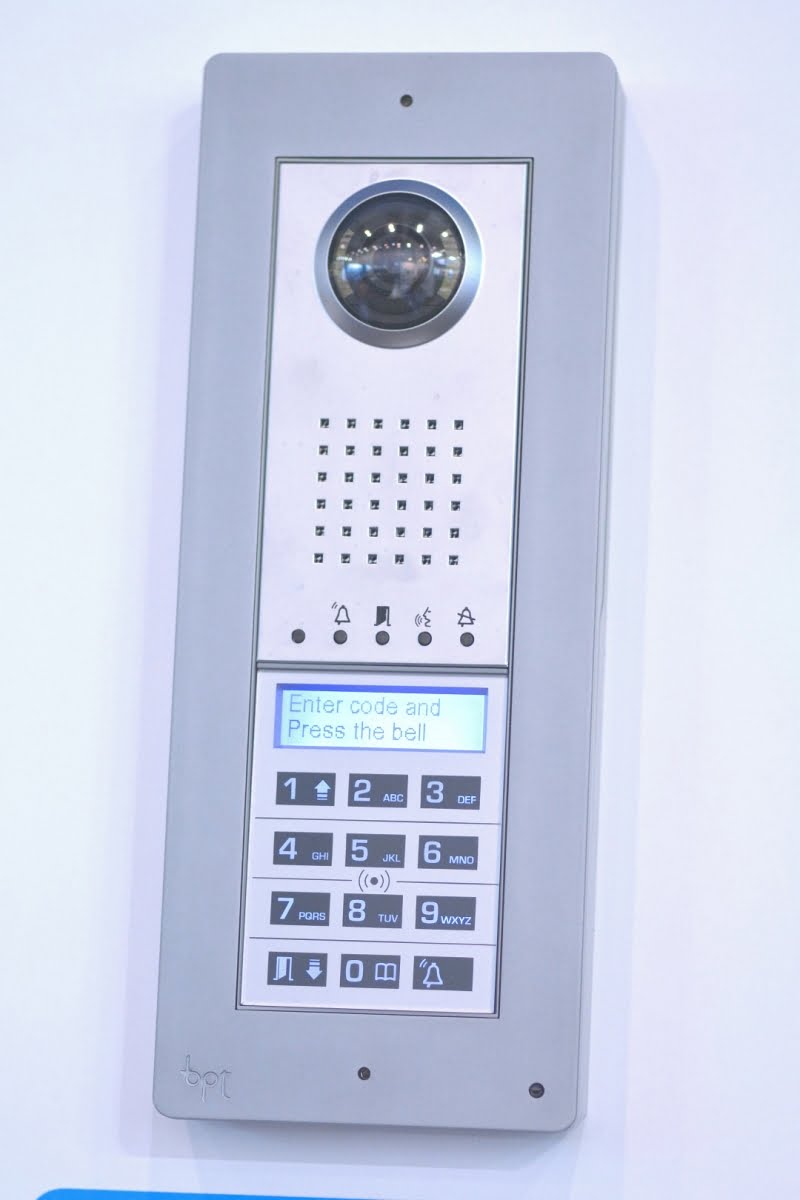
I’ve had a couple of conversations with installers this year who have pointed out that as IP camera prices fall and manufacturers reduce the quality of their low-end IP offerings, digital analogue looks more and more appealing, especially for 1-16 camera solutions. Alongside the resurgence of analogue runs DVR/NVR development offering support for multiple camera technologies – these include the so-called pentabrid recorders from manufacturers like Dahua.
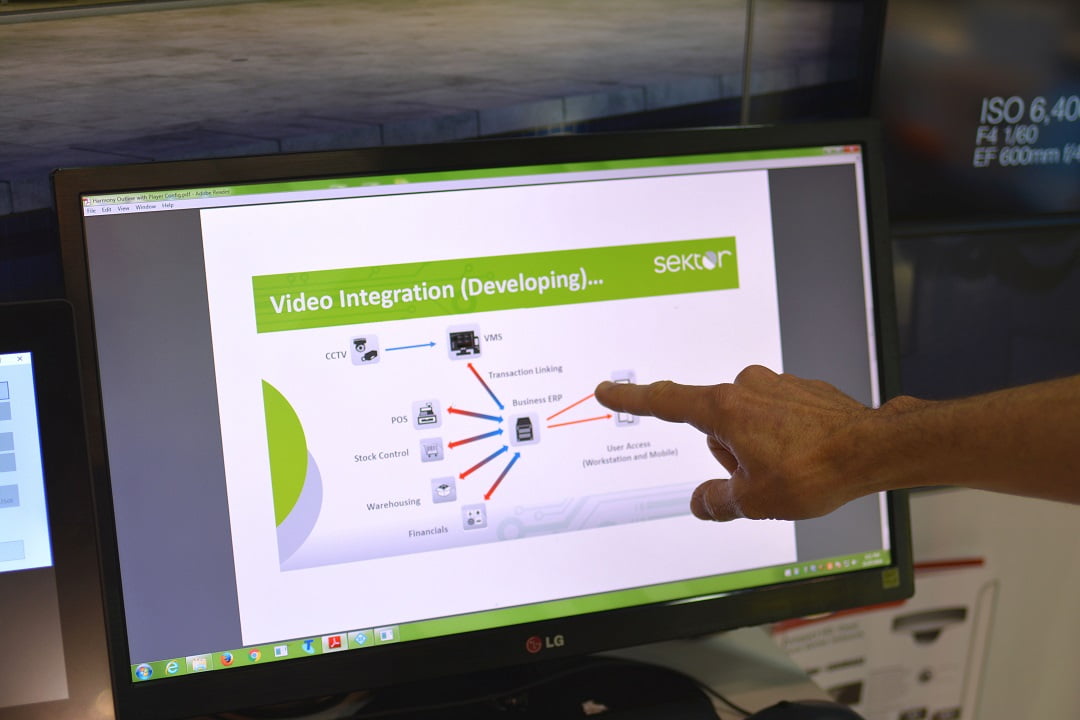
Speaking of recorders, there were some seriously big recorders released this year, including Hikvision’s BlazerPro, with support for 128 or 256 IP cameras to a maximum bandwidth of 400Mbps. At this input level, and as long as the global bandwidth is sufficient, recorders like BlazerPro can handle quite large applications. The integrated VMS features sophisticated alarm management, license plate recognition, POS integration, business intelligence, and GIS maps as standard options.
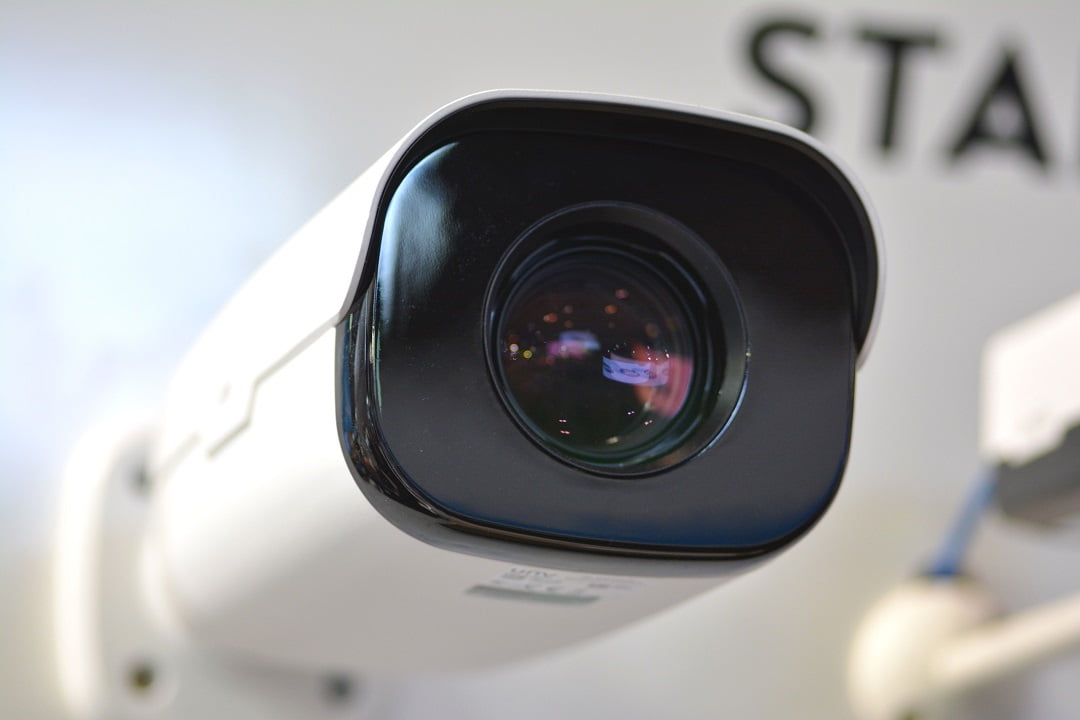
In CCTV, we’ve seen spill-over from the consumer market for years and the iCS lens from Axis, which allows complete elimination of barrel distortions at the wide angle of 2.8mm is an example of the way this is continuing. Axis obviously isn’t the only maker with distortion correction in-camera but the system works well and given the wide angles we are seeing, it’s likely this sort of technology will be become more prevalent. Axis also released a 20MP camera with a Canon sensor that’s compatible with Canon’s DSLR lens range.
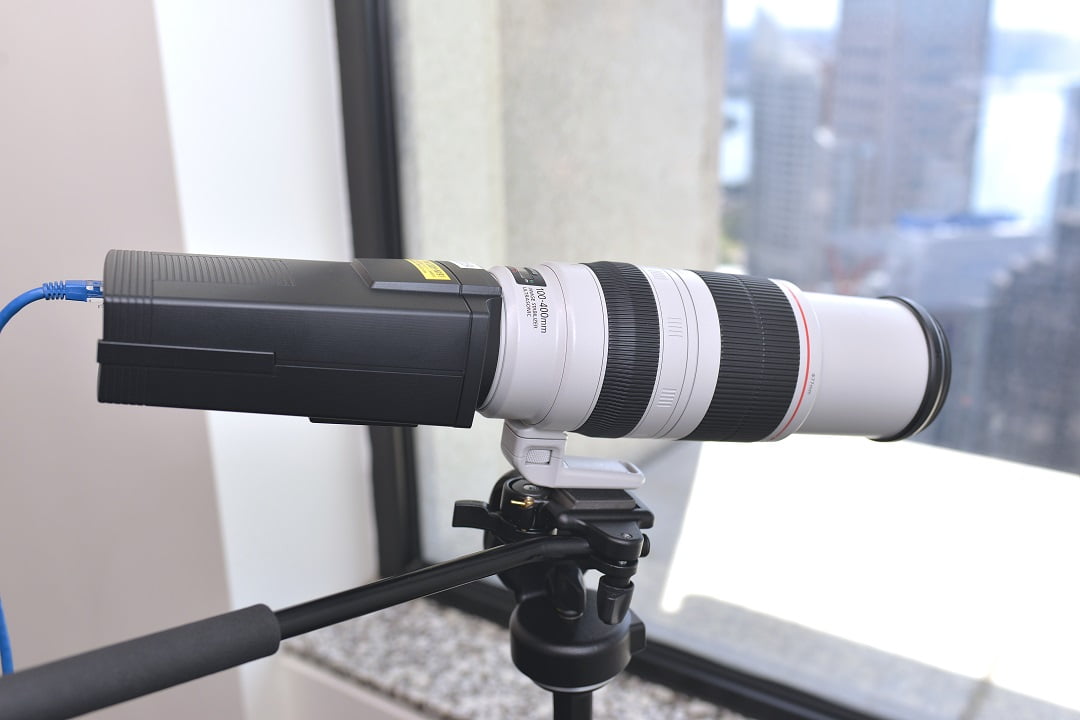
Compression continues to be a key area of development, with H.265 (HVEC) coming to the fore in 2016. A number of companies are working with this technology – probably Vivotek’s offering, which we saw closely at SecTech in May, was most impressive. Even at very high resolutions, H.265 kept data streams well in check. This is important, because while other systems work well, too, they work best when there is little or no movement in a scene. Very busy scenes or longer focal lengths don’t benefit as much.
What’s important when it comes to enhanced compression is the fact so many companies are including it in their solutions – Dahua, Samsung, Hikvision, Axis (which released Zipstream II and Zipstream for PTZs) and Vivotek, as well as Panasonic with its Smart Coding spring to mind. And VMS developers are ensuring their solutions are supportive.
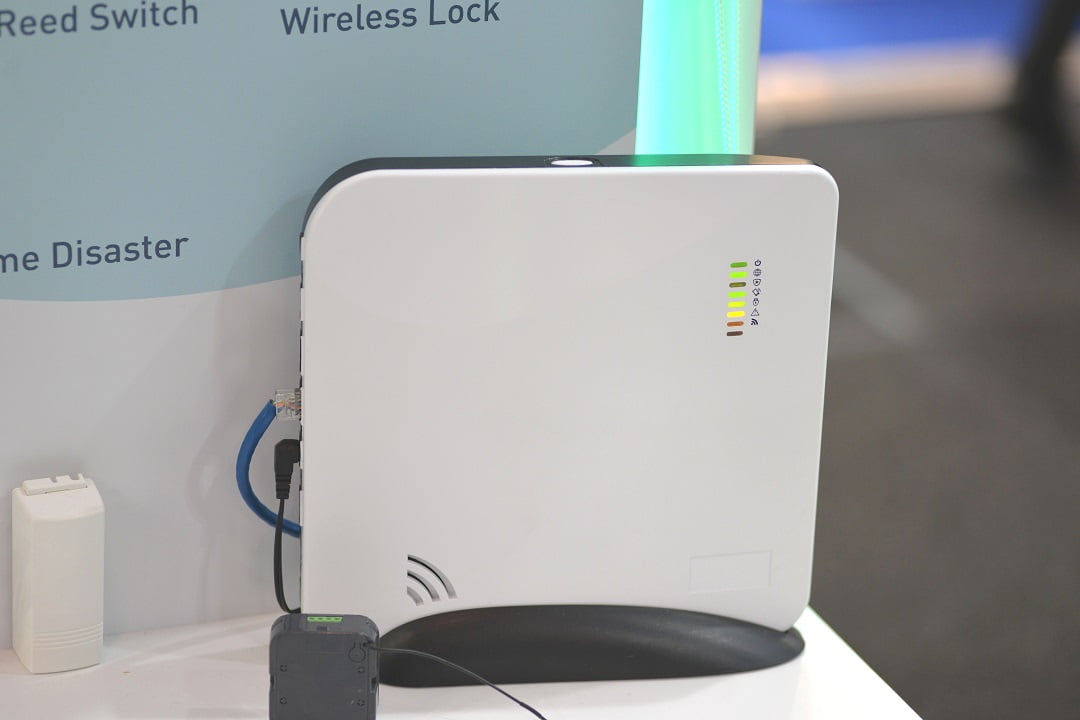
Highly specified PTZ domes were another standout this year. There was Hikvision’s 4K PTZ, which really knocked our socks off during a demo at the Hikvision office. Uniview’s Starlight PTZ dome with 2MP of resolution (1080p), 44x optical zoom and 250 metres of IR range is another great release. There was a strong new IR PTZ from Vivotek, Panasonic released the AeroPTZ, Dahua released new PTZs, as did Axis with Q61, as did Pelco and Bosch. Vivotek’s SD9364-EHL has an impressive spec, with 1080p full HD resolution to go with its H.265, 150m IR illuminators, VAIR, WDR, and 30x optical zoom, IP66 and NEMA 4X-rated housing and a decently wide operating temperature range between -50 and 55C. As you can sense with this Vivotek, what’s great about all the latest PTZs is that they have great specifications and they’re more affordable than ever before. Not every camera in an application needs to be a PTZ but almost every application would benefit from including some.

We saw Sony’s SNC-VB770 full body camera for the first time this year. It’s a strong performer, offering 4K and the highest low light sensitivity in its class – under 0.004 lux with an ISO rating of 409600. At SecTech in Sydney it came very close to seeing in the dark, while controlling noise as well as you could possibly expect it to. Most manufacturers have starlight models of varying capabilities. It would be difficult to pick the standout performer – it would probably have a resolution of no more than 1080p, if you wanted to capture movement in your scene. This said, in terms of dedicated CCTV cameras the 4K SNC-VB770 is the best, though it comes at a price.

What about thermal? It came off the boil a little in 2016 – of the cameras we saw, we liked Dahua’s dual thermal optical PTZ with 40x zoom. Mobotix ability to leverage thermal with MxAnalytics was also notewothy. Speaking more broadly of thermal, Bosch released the AVIOTEC IP starlight 8000, a CCTV camera that incorporates a video-based fire detection system that spots fires and disturbances, predicts behaviour to reduce false alarms and speeds reaction time – helping security managers react to threats proactively. Nice one.
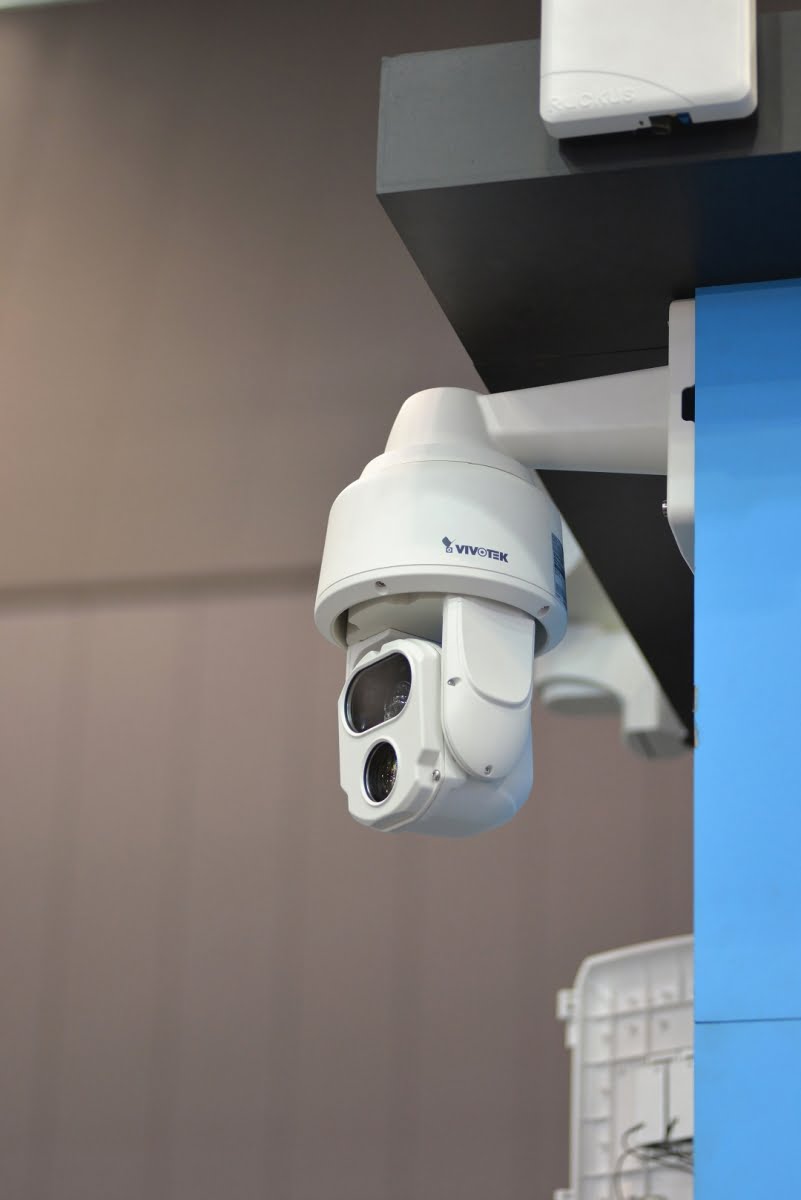
Another area of growth in 2016 was body-worn cameras. The Edesix VideoBadge is a user-friendly, robust and secure BWC, often styled as an ID card holder. These BWCs are capable of efficiently recording shift-long HD video and audio footage from the viewpoint of the operator. Together with custom developed VideoManager software for handling, editing and sharing BWC footage, VideoBadges provide users with an advanced, easy-to-use solution for gathering and readying evidence of recorded incidents. Then there’s FrontLine 2, IndigoVision's second generation body worn video camera, which ensures every incident is seen, heard and recorded thanks to its 28-hour, encrypted on-board recording, 130-degree lens, HD video and high fidelity audio. Genetec’s Clearance solution leverages the capability of such cameras, as well as any other source of video that contributes to investigations.
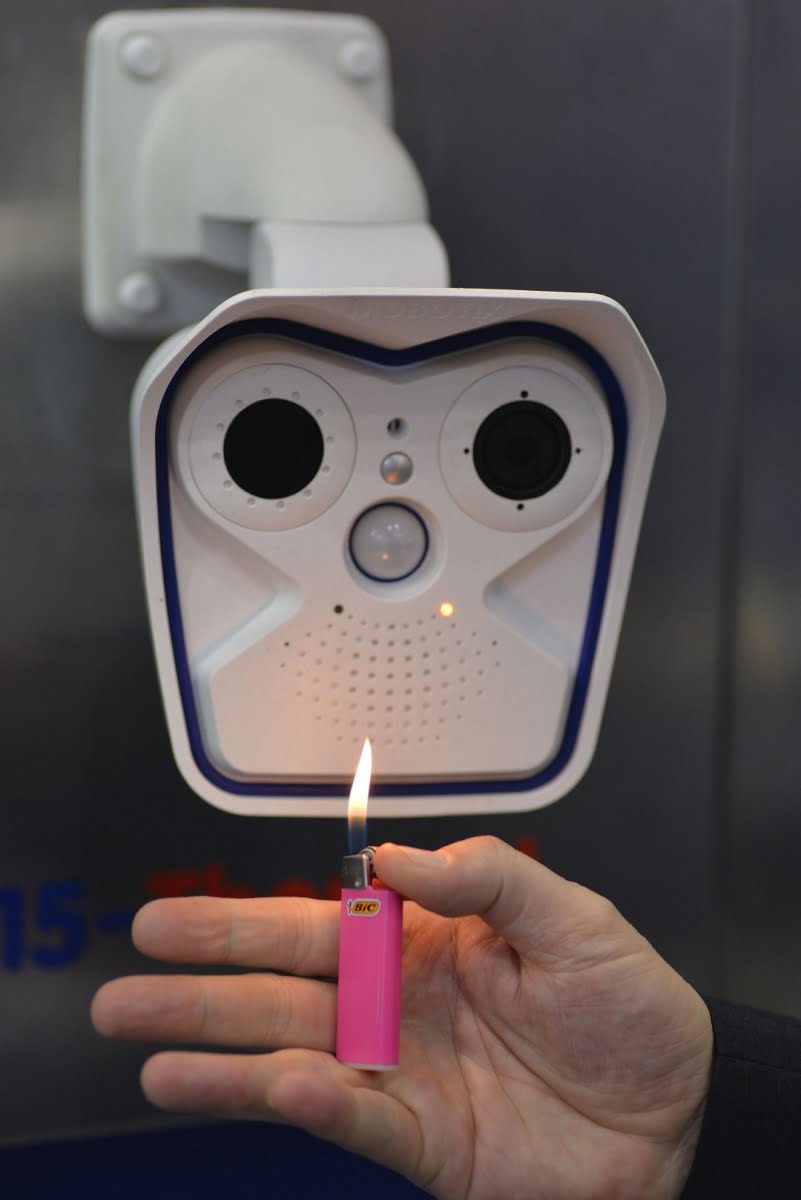
Management software rolls on, though it’s getting harder to describe the latest solutions as VMS. This is now the coal face of integration. Pelco’s VideoExpert includes analytics, license plate recognition, POS integration and alarm and event management. Sektor’s very clever Harmony Transaction Player contrives to integrate with multiple manufacturers systems to offer access to CCTV that links to PoS, stock control, warehousing and more. Meanwhile, Genetec’s Security Centre, which scales from very capable to all powerful, is certainly more than a VMS and Genetec’s Mission Control takes this to a whole new level by wrangling Security Center’s capabilities into shapes that offer the best operational response to unfolding incidents. There’s mapping and graphics integrating video feeds, event reporting, incident management, procedures and operator response workflow and auditing.
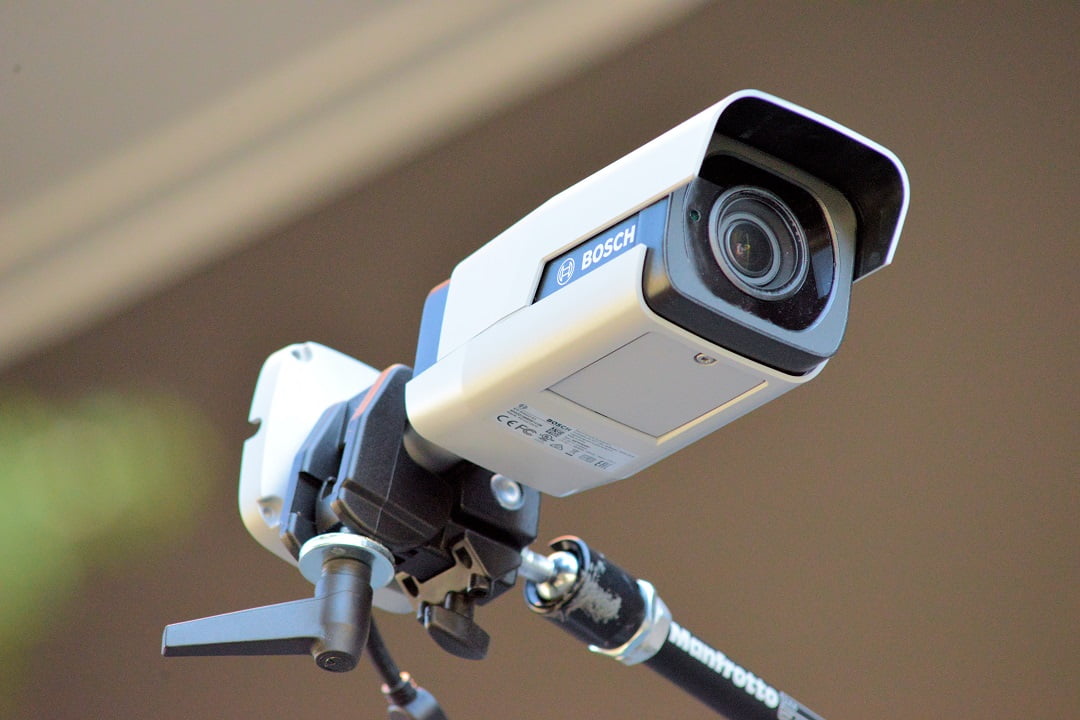
Another strong release in 2016 was Tyco Total Security, a solution which includes access control, IP video surveillance and intrusion detection. Available via a unified graphical user interface (GUI), Total Security allows users to manage multiple security tasks on any Internet-connected device. With real-time alerts, remote arm/disarm capabilities, access management and live video look-in, Total Security provides new ways to help improve workplace safety, security and business operations.
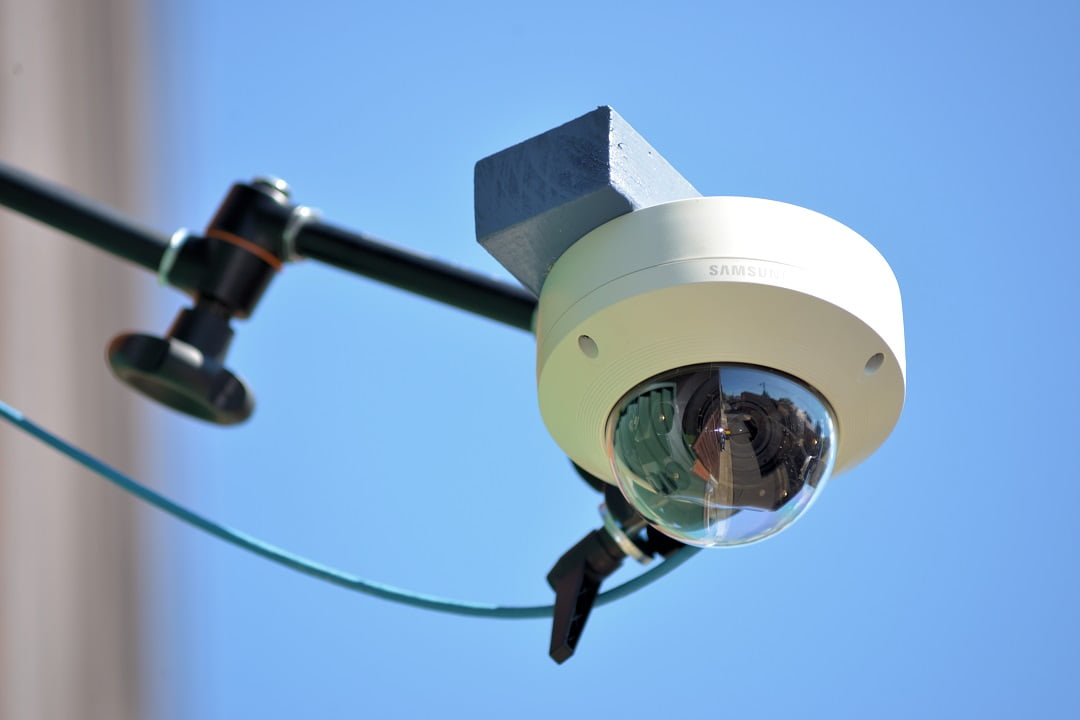
Aimetis Symphony 7 is another VMS that manages cameras locally or on mobile devices, has alarm notification and log, linked site map and event-driven timeline. It’s particularly strong in analytics, with motion tracking, object classification, people and vehicle counting, automatic license plate recognition, virtual fence, loitering and dwell time and auto-PTZ tracking. And the NX Witness VMS uses an HTTP Generic Event API and VCA's burn-in analytics so users can quickly integrate video analytics that are viewable on both live and recorded video displayed in the NX Witness client.
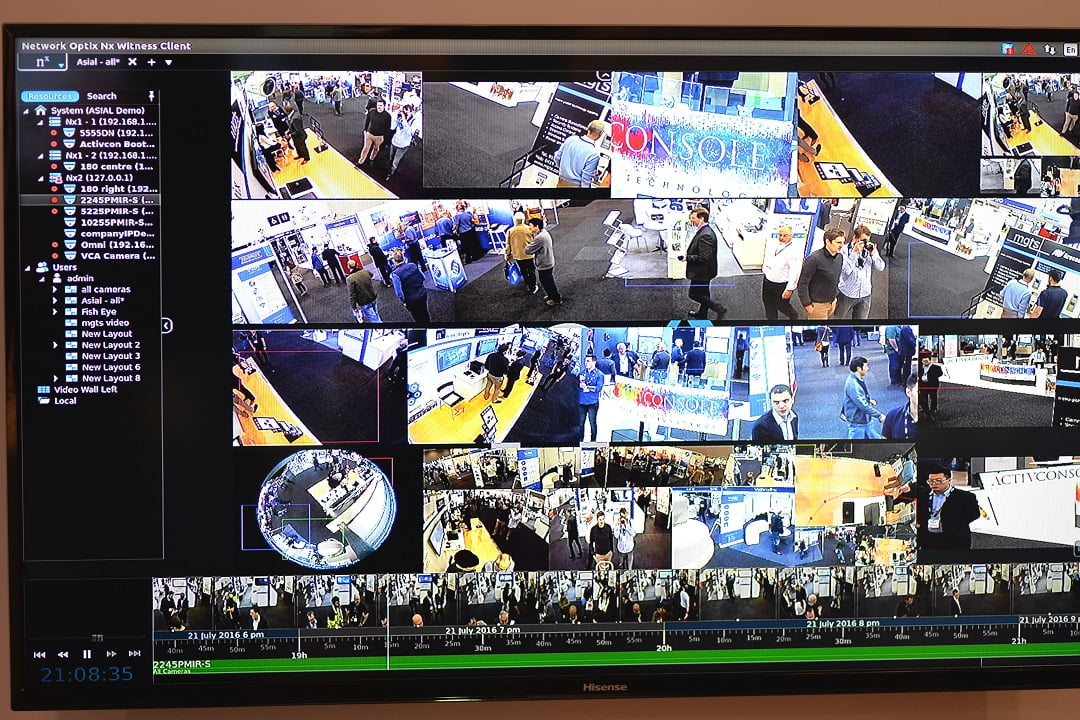
Still in software, I liked Axis Site Designer, which helps system integrators and installers with an intuitive and efficient new web application that reduces the time and effort needed to design complete security solutions. Avigilon’s Appearance Search was another winner. Appearance Search allows you to run a search of all video inputs for a particular individual, and have the system display in thumbnails all the closest possible matches that an operator then elevates to the top of the display by tagging. If you want to watch the footage, click on the tile.
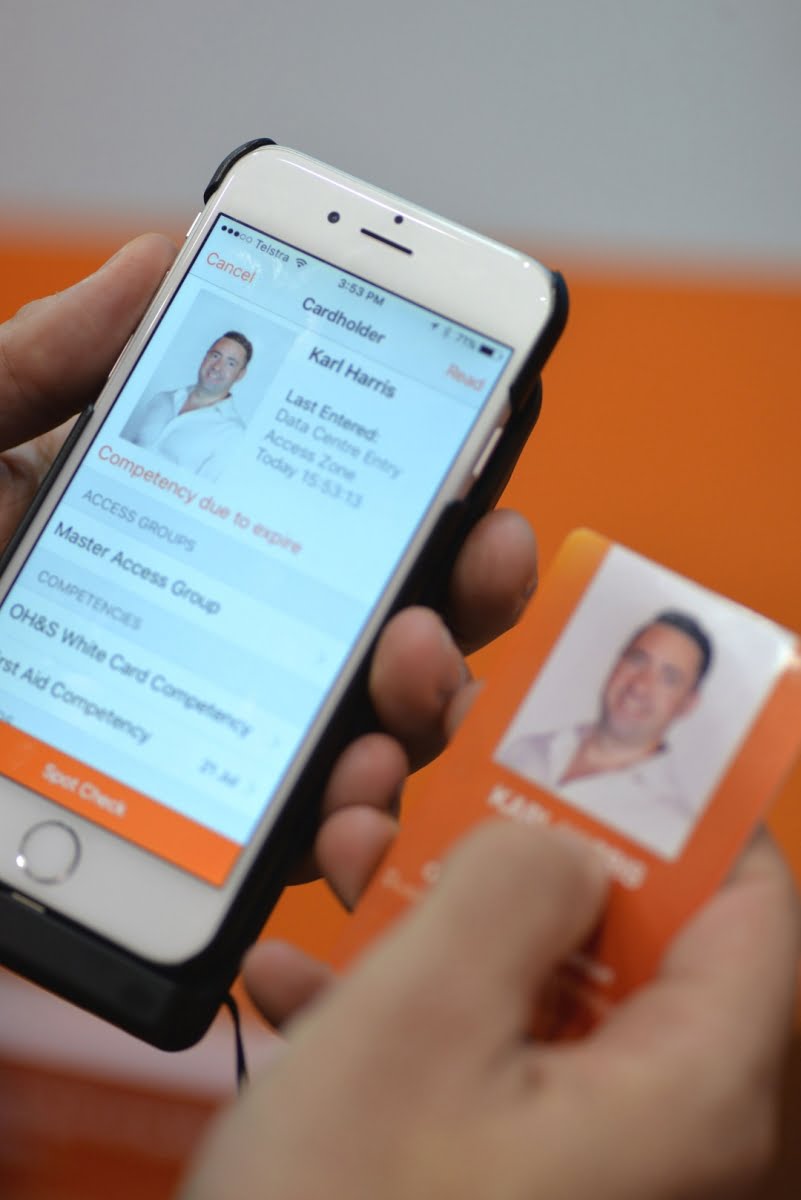
Access control has continued to evolve in 2016 – it’s obviously been going on at the top end for a long time but now we are seeing a serious impact in the affordable end of the market. In this area of the market are Inner Range Inception, ICT Protege WX, Paxton net2 and net10, Bosch G Series controller. CS Technologies also continues to develop its capable Evo system. Something I saw this year for the first time was Dahua’s DHI ASC 1204B, which will handle 100,000 cards and 300,000 records.
Addressing the same market in a different way is Tyco’s Kantech EntraPass Security Software V7.0, a suite of high performance software that allows customers to design and operate any number of doors where card access is required – securely, quickly & efficiently. It has Aperio wireless locks integration and also supports integration with Exacq video management systems, American Dynamics DVRs/NVRs, Kantech INTEVO integrated security platform and DSC PowerSeries control panels.
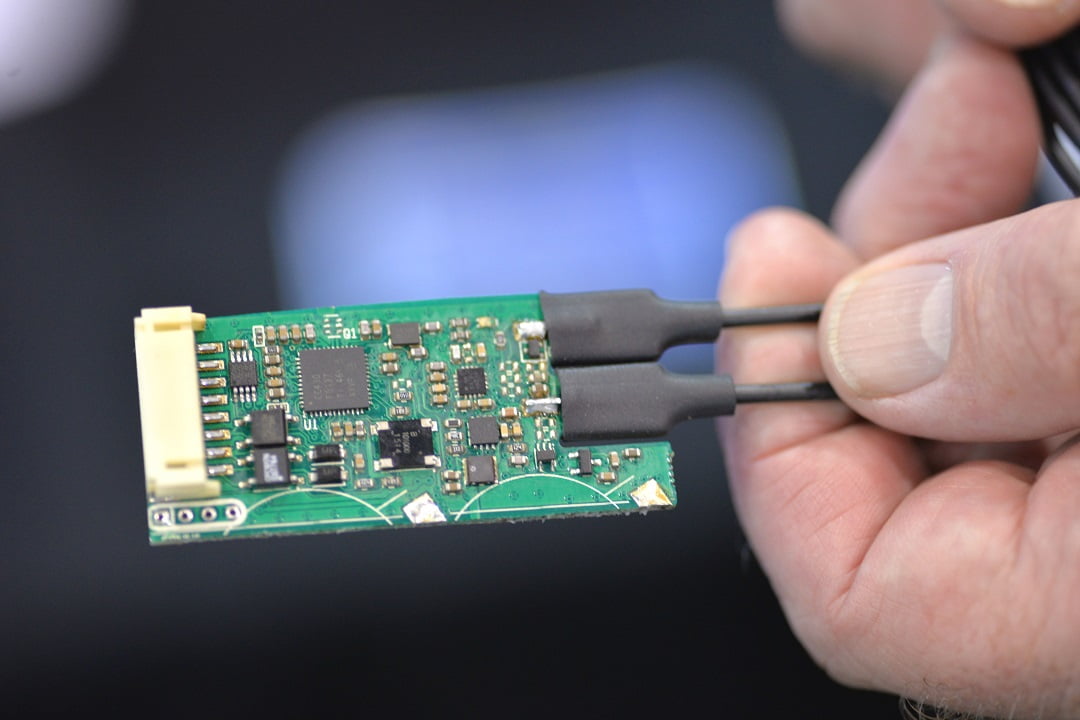
In alarms in 2016, I liked the Sensormat detection solution, which employs a network of fibre optics embedded in a robust industrial mat and generates exquisitely detailed detection signals. Also new in alarms this year was the Bosch B Series B4512 intrusion control panels, which offers 28 zones and 22 areas. Resolution Systems’ Helix system has 96 wireless zones and you can select from standard door or window movement sensors, Nanomax movement sensors, PIR pet immune sensors, tilt sensors, PIR gimbal sensors, glassbreaks and wireless sirens. There’s a Helipad Bluetooth Smart RF connection between keypad and control panel with a capacitive touchscreen and the system can also be controlled using keyfobs or panic pendants.
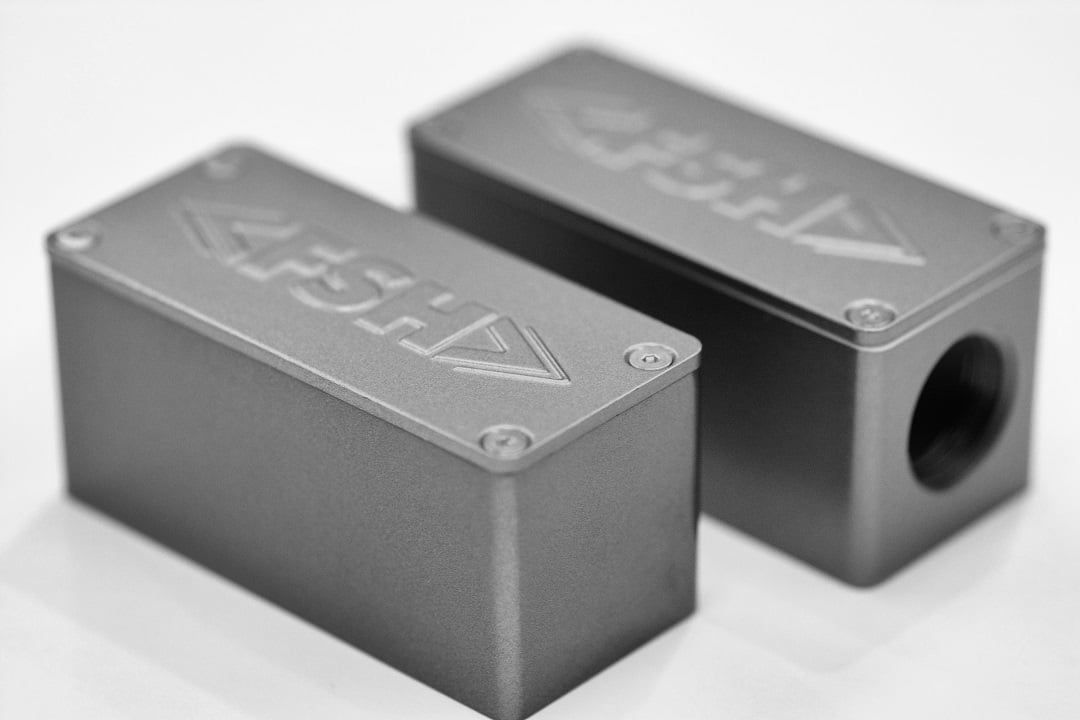
We met FSH’s SCEC-approved SL4 FSS1 Door Monitoring Sensor in 2016. It replaces traditional reed switch technology with a microprocessor, a smart combination of Hall Effect sensors and a magnetic array plate, allowing the unit to be re-calibrated in case of door drop. Neat, too, the FSH sensor is available in flush or surface mount. In the alarms and automation space, Panasonic’s wireless intercoms are nice work, too. Video doorbells are another area to watch.
What are the over-arching trends? Cost consciousness, ever more intuitive management and installation, integration driven by management solutions, the IT security of electronic security, a continuing push to attain recurring revenue through the cloud from hardware manufacturers and software developers. There’s also the tacit acknowledgement in parts of the CCTV market that optical quality is what’s going to drive lateral expansion of the surveillance business – an expansion fuelled by video analytics.
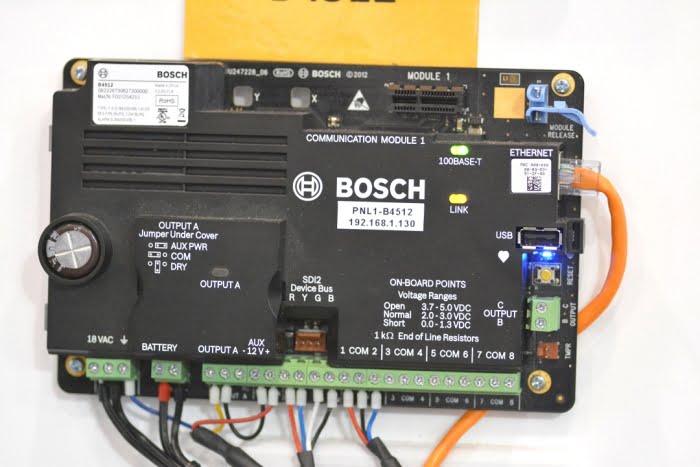
Clearly, there’s a lot of value in a video stream – such a data stream can be filtered for all sorts of useful statistics that contribute to safety, security, marketing, process control and almost anything else you can build a measurable pixel threshold for. When you’re leveraging a data stream for so much vital information, it makes sense to ensure it’s a quality data stream. ♦












